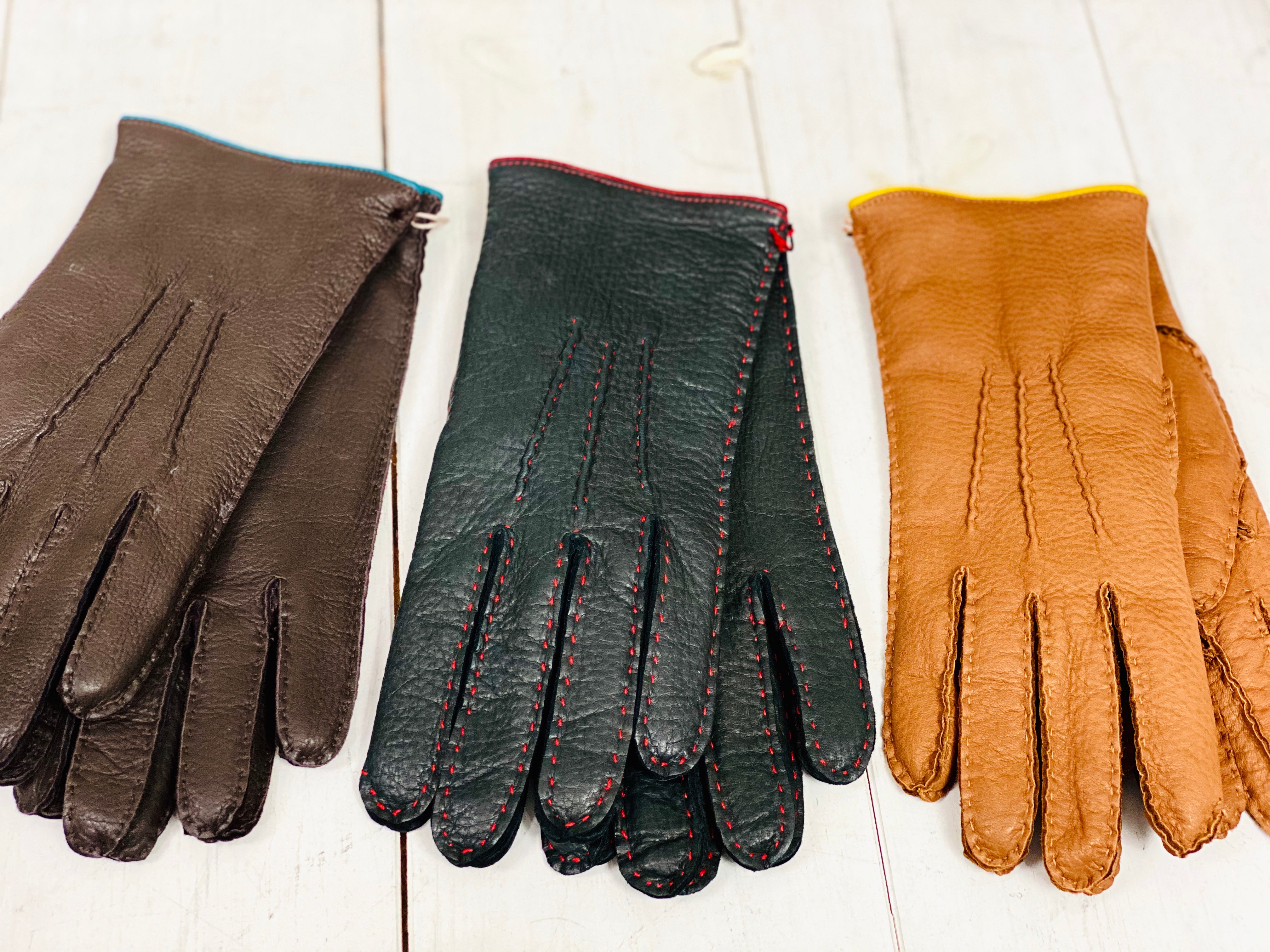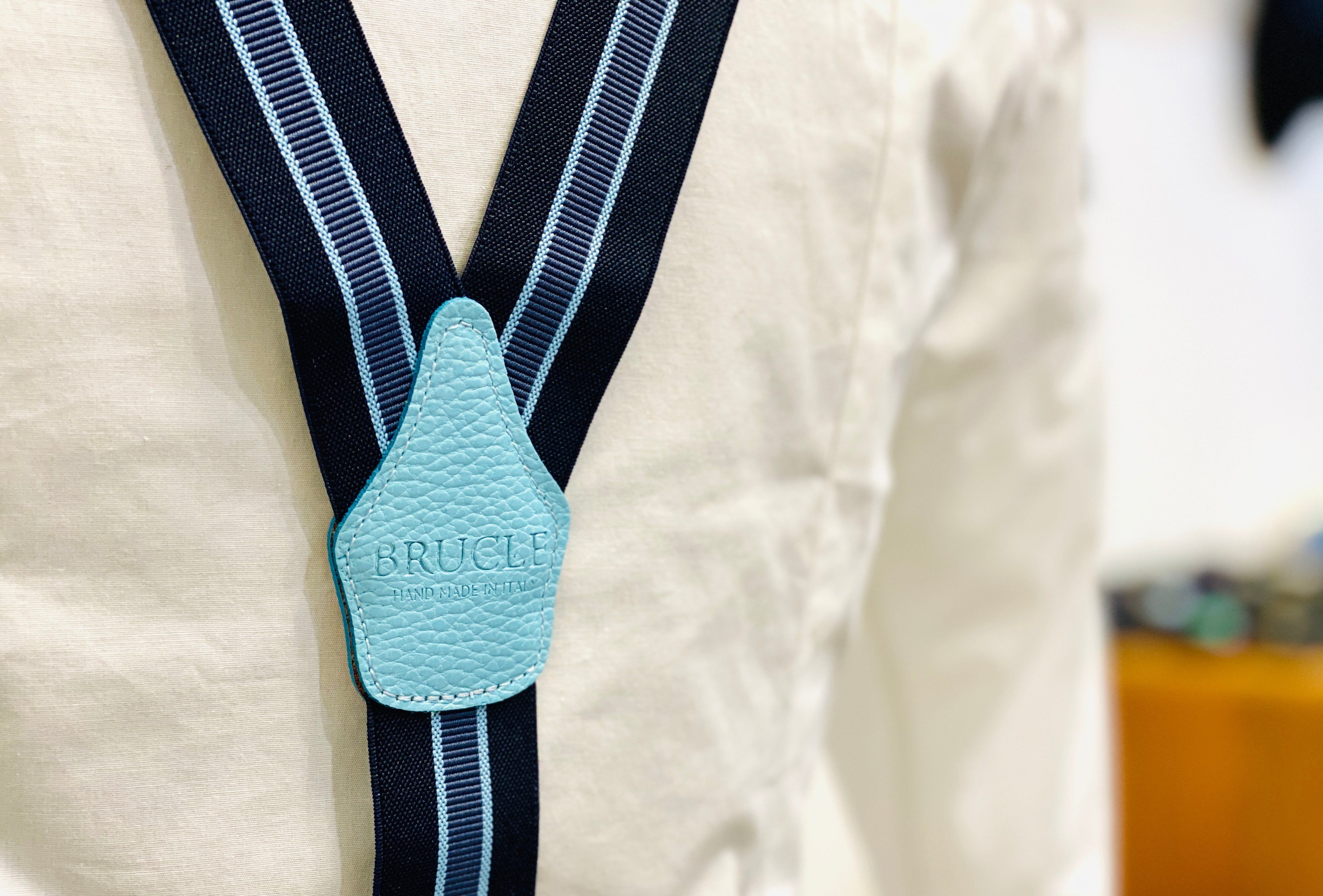
Using a fountain pen
The fountain pen (Finnish: mustetäytekynä) is a classically elegant gentleman's pen, which is kept on display on the desk or used in important occasions, such as signing contracts. At its best, the fountain pen functions almost as an accessory that reflects the user's elegance.
The use of the fountain pen began long before the ballpoint pen, and its wonderful technology, piston pump mechanism or alternatively the use of ink cartridges, is still a brilliant invention.
A fountain pen can be distinguished from the very popular ballpoint pen not only by its completely different nib but also by the ink it uses. The ink in a fountain pen is water-soluble and fluid, whereas in ballpoint pens it is sticky and thicker, which often seems to smudge when writing with it.
The strength and definitely the best advantage of using a fountain pen compared to other pens is how easy it is to write with. You don't need to press the pen against the paper at all; instead, the ink flows smoothly and lightly from the pen as you write. As you read further, you'll also notice how easy and effortless it is to take care of or refill a fountain pen! So, for those who write a lot, a fountain pen is an excellent option that will last a long time.

The fountain pen is a classic
With industrialization in the 19th century, the fountain pen, also known as a reservoir pen or ink pen, was created to replace the long-used quill. Before this, a large part of the population did not even have a need to write, and there were hardly any demands for the ease of use or comfort of the pen.
The 1800s saw several different techniques used for fountain pens, but the biggest problem for the use of reservoir pens seemed to be the flow of ink to the pen's nib, and thus many versions of fountain pens quickly disappeared from the market. It wasn't until the late 1800s that a solution to this problem was invented, which was a feed channel that regulated the flow and smoothness of the ink. And so, the mass production of fountain pens began in 1884 with the patented technique of the Waterman's pen brand.
The use of fountain pens, however, significantly decreased again with the popularization of ballpoint pens in the 1960s. Nowadays, the fountain pen is making a comeback, as it is both stylish and a more environmentally sustainable option compared to many disposable ballpoint pens. The comfort of using a fountain pen is also unparalleled, and many who have tried it are reluctant to return to other types of pens.

Changing the ink of a fountain pen
The ink supply of the fountain pen is either through an ink cartridge or a piston pump mechanism.
The cartridge is a disposable container designed for a fountain pen, whose seal is broken when the container is pressed into place in the pen. The breaking of the seal can be clearly felt when the container is pressed into place. The color of the cap on the other end of the container indicates whether the ink inside is black or blue.
Ink cartridges are standard-sized, but it is worth noting that, for example, the pen manufacturer Parker uses its own standards and these ink reservoirs may not fit all pens. Therefore, it is advisable to either take the pen with you when buying a new ink cartridge or choose a cartridge marked as standard size.
The piston pump mechanism-operated submersible piston reservoir, on the other hand, is a versatile reservoir that is always refilled directly from an ink bottle. The reservoir has a piston that moves by turning the end. First, the piston is pulled to the bottom, after which the end of the reservoir is submerged into the ink in the ink bottle. The piston is then turned upwards until it has drawn the reservoir full of ink again. After which the plunger reservoir can be put back in place, just like a regular ink cartridge.
Note! When choosing ink, it is important to be careful, as calligraphy ink should not be used in a fountain pen because it is too thick for the reservoir pen.

Fountain pen care instructions
A fountain pen is a valuable item that withstands the test of time well when taken care of.
Despite general expectations, maintaining the pen is very easy, as it does not require any special procedures. Dried ink or other possible issues are often resolved simply by running lukewarm water through the nib of the fountain pen.
Please still make sure not to let the fountain pen freeze, as the ink often doesn't survive freezing and the wood used in the pen, being a natural material, also often doesn't behave well after freezing.
James Gilbert's wooden pencils
In the boutique's selection, you will find wooden pens that are more stunning than the other. The pens, handcrafted from different types of wood, are simply beautiful and each one is a unique piece. In addition to fountain pens, there are also many ballpoint pens in the selection, for which the ink can be replaced once it runs out after writing 2-3 km.
The variety of tree species ranges from the beautifully golden laburnum bush to the nearly black oak that is over 6000 years old.



